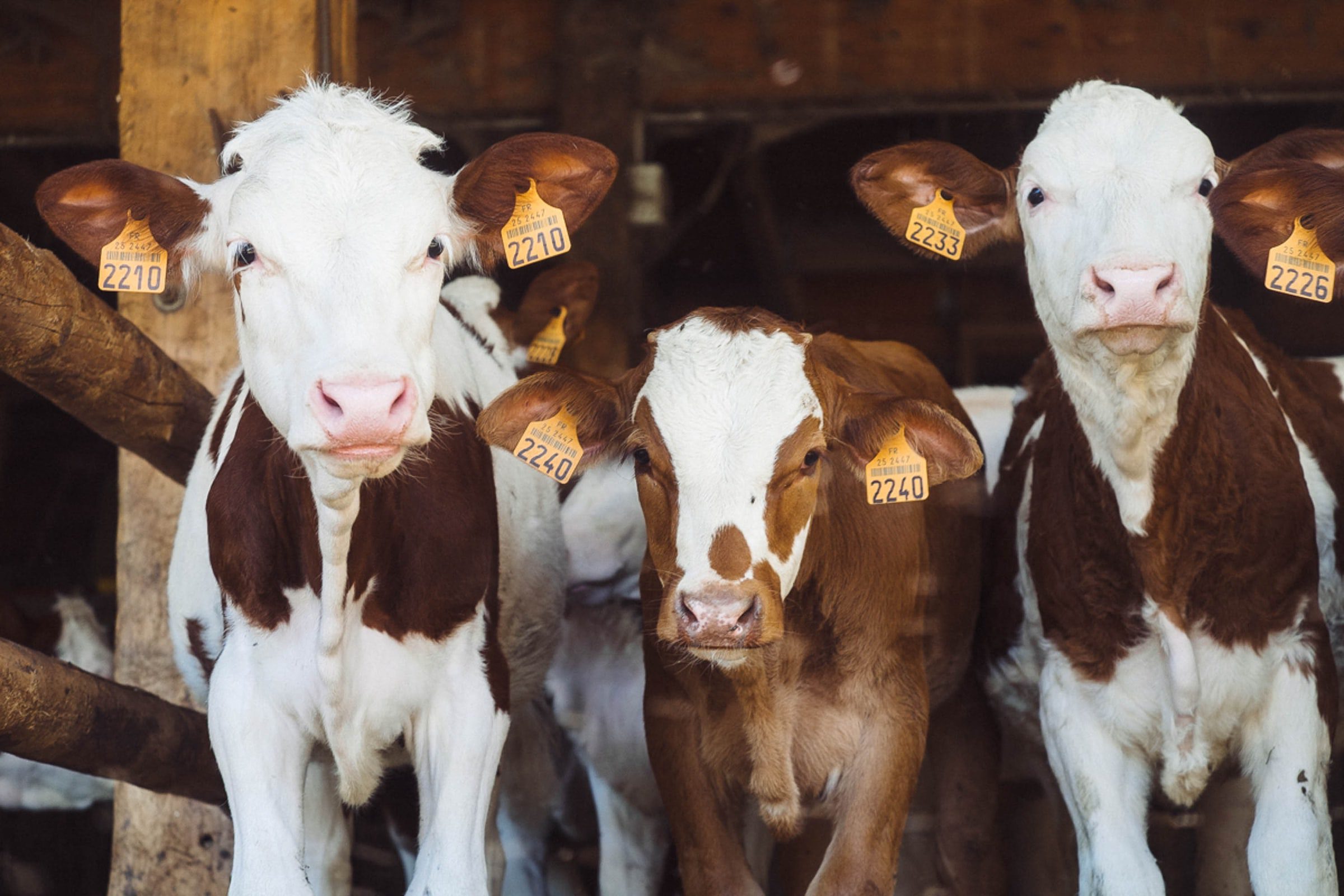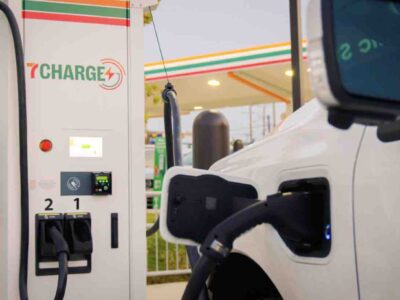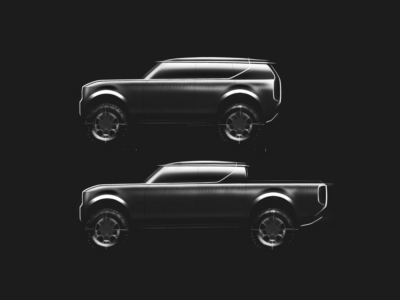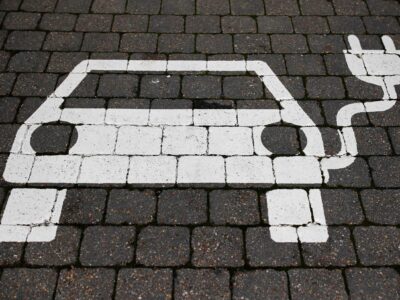(Bloomberg) —
The newest wearable technology favored by former Apple Inc. design chief Jony Ive is a mask for cows that captures planet-warming methane gas.
The bovine mask designer, ZELP, is one of four winners of the Terra Carta Design Lab award announced Tuesday evening. Ive and Prince Charles served on the grand jury for the inaugural contest, which is associated with the Royal College of Art in the United Kingdom and is part of the Prince of Wales’ Sustainable Markets Initiative.
The award was created to showcase innovative solutions to the climate crisis. Each winner receives £50,000 ($63,000) and mentoring from Ive, who serves as the chancellor of the Royal College of Art, and other members of the Sustainable Markets Initiative.
Cow burps are a significant source of potent methane gas and most solutions have focused on developing feed additives to cut emissions. The mask developed by ZELP, which stand for Zero Emissions Livestock Project, captures methane with each burp. A catalyst oxidizes the gas and releases it into the atmosphere as carbon dioxide and water vapor. The company estimates the device can reduce methane emissions from cow belches by more than 50%.
“We think it can play a huge role,” said Francisco Norris, ZELP’s co-founder and chief executive officer. “The additional upside for the farmer working with us is that they can tap into the data that we collect on the animals’ health.”
He noted that the technology is particularly well-suited to cows that graze in pastures and that wouldn’t eat feed that contains additives.
Agriculture giant Cargill Inc. has tested the masks and Norris said he expects a commercial launch of the product in 2023 after the design is finalized. The U.K. startup plans to offer the mask initially in Europe as a service where subscribers pay an annual fee per cow.
Norris said the company has not yet announced a subscription price but will target businesses that are seeking to reduce greenhouse gas emissions in their agricultural supply chains. That could potentially generate carbon offsets, but a methodology first needs to be developed to verify emissions reductions.
Another Terra Carta award winner has designed technology to capture microplastics generated by vehicle tires. A 2019 study found that tires were the biggest source of microplastic pollution in California’s coastal waters.
The device created by The Tyre Collective sits behind a vehicle’s wheels and contains electrostatic plates that collect charged microplastic particles shed by the tires. It absorbed 60% of particles in laboratory tests.
Hanson Cheng, a co-founder of The Tyre Collective, said the U.K. company attached the device to an SUV and has completed a seven-week, 3,000-kilometer road test in London.
“On the road, we’re not at 60% just yet,” said Cheng, but he noted that the tests showed that the device also collected particles from other vehicles’ tires and what appeared to be microplastics from brake pads.
“When we talk about vehicle emissions it’s just focused on the exhaust, but tires are the second-largest source of microplastic pollution and are a source of air pollution—particulate matter that has an impact on human health,” said Cheng.
He said the company, which is looking for partners in the United States, is also exploring how to recycle the collected microplastics into new products and will initially target urban delivery fleets.
Another Terra Carta winner is Aerseeds, which has developed a seed pod made from food waste that is designed to be dispersed by the wind for reforestation and other ecological restoration efforts.
The fourth winner is Amphitex, which has created a chemical-free, 100% recyclable textile for waterproof outdoor apparel.
To contact the author of this story:
Todd Woody in San Francisco at twoody4@bloomberg.net
© 2022 Bloomberg L.P.





